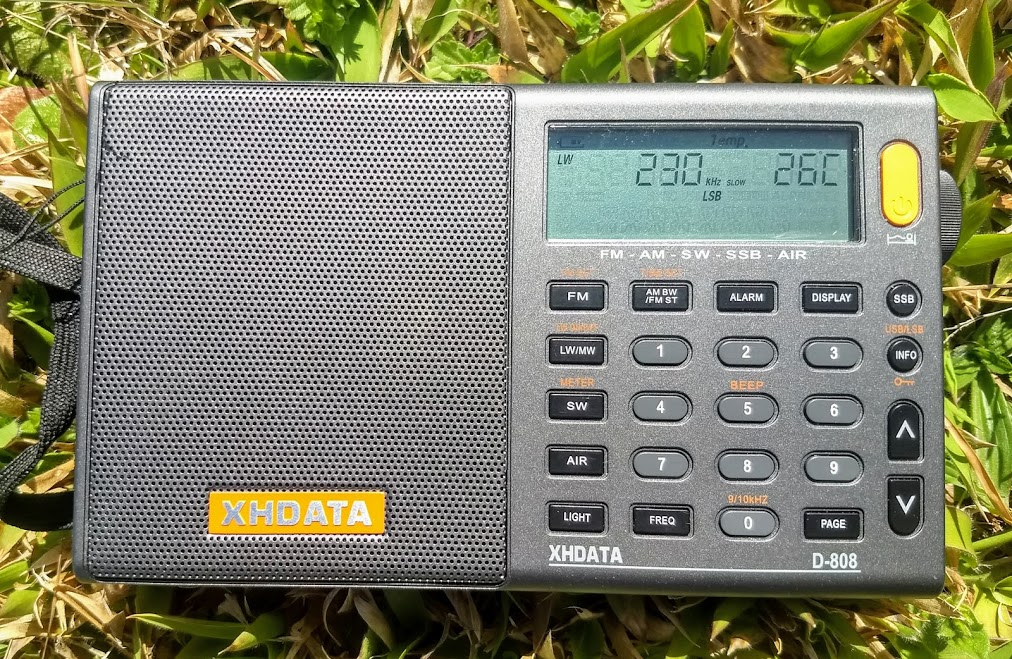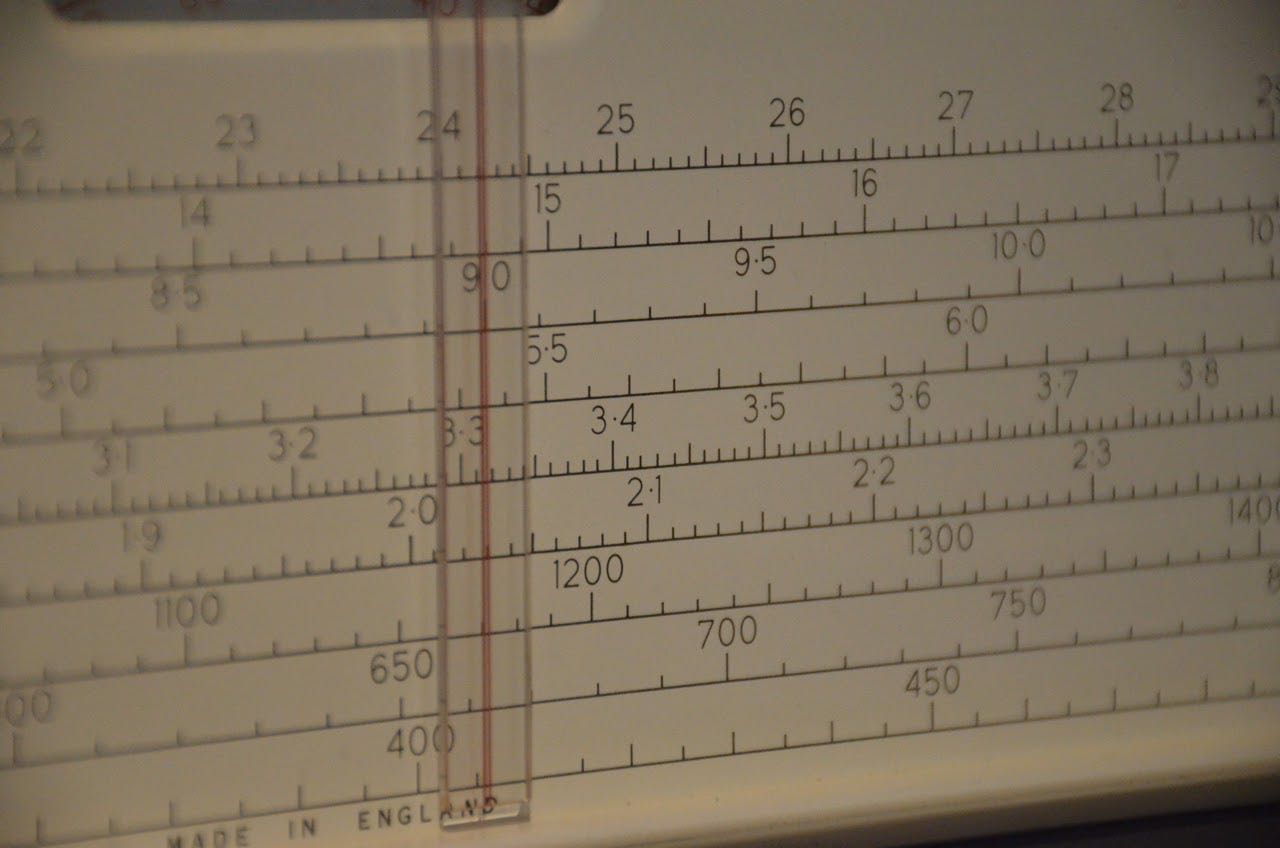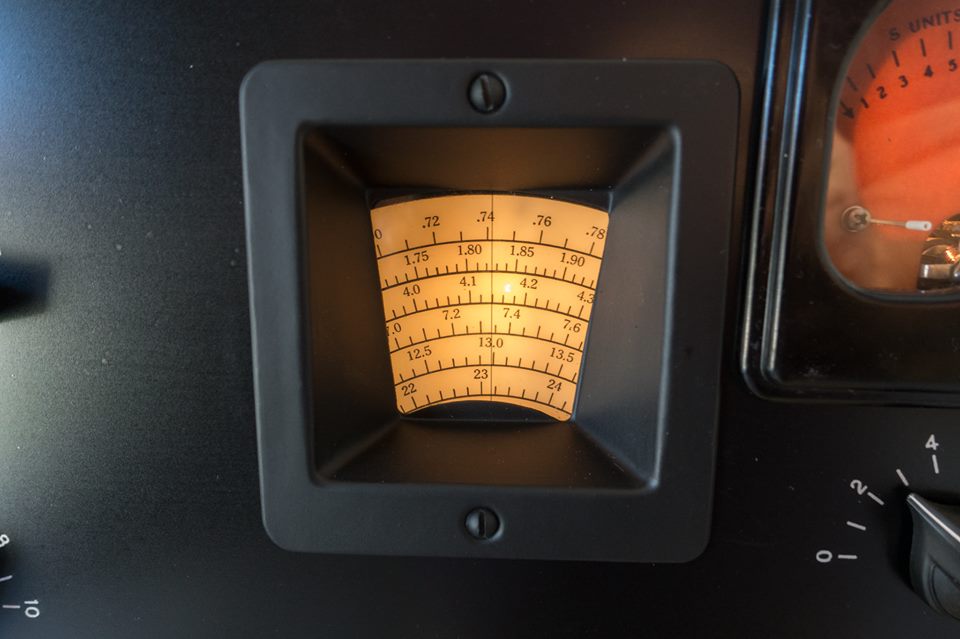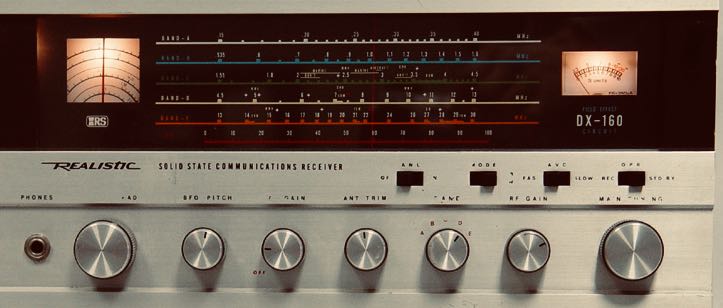Radio Waves: Stories Making Waves in the World of Radio
Welcome to the SWLing Post’s Radio Waves, a collection of links to interesting stories making waves in the world of radio. Enjoy!
Many thanks to SWLing Post contributors Ron Chester and Dennis Dura for the following tips:
Long wave radio fans mourn fading frequencies (BBC News)
As he turned the dial gently but purposefully, the sound of people speaking in foreign languages and the lilt of unfamiliar music burst through a haze of crackle and buzz.
Clint Gouveia was only about seven years old at the time, listening to long wave radio in bed, late at night.
“I could hear all these voices from far away,” he recalls. “It inspired me to want to see the world when I got older, to travel, which eventually I did.”
Back then, in the late 1970s, there were dozens of long wave stations broadcasting. Now, only a handful are left. Among them are those in Denmark and Iceland – but they are due to shut by the end of 2023 and during 2024, respectively.
The BBC still broadcasts Radio 4 on long wave as well as on digital radio, FM, and online. However, separate scheduling of BBC radio programmes on long wave will end in March next year – for example Test Match Special will not be available on long wave. The long-term future of the BBC’s long wave output is far from certain.
The only other remaining broadcasters in the world using the long wave band are those in Romania, Poland, Algeria, Morocco and Mongolia.
“The band is basically almost dead,” says Mr Gouveia, who enjoys listening to radio stations from his home in Oxford. “It all feels a bit sad, really.” He adds that, when a long wave station shuts, he makes an effort to record its last moments. [Continue reading…]
The Return of the Prodigal Shack? (Sound and Vision)
I remember it like it was yesterday. I was consulting for a car company and I needed to A/B two tweeters. I dashed over to the nearest RadioShack and picked up a speaker-switching box. Crazy to think about it now – a brick-and-mortar store selling something like that. Of course, RadioShack is just a distant memory now. Or is it? Is RadioShack making a comeback?
Founded in 1921 to sell amateur radio gear, RadioShack grew to achieve genuine ubiquity. In its prime, there were over 5,000 stores in the U.S. and another 3,000 in other countries. The company boasted that it was the biggest seller of consumer telecommunications in the world. But times change. The internet came along, the company declined, and in 2015 it filed for Chapter 11 bankruptcy. Aside from a few stalwart independently owned stores, the brand disappeared in the U.S. The company was sold, bounced around with various owners and their revitalization plans, and generally went nowhere. Few noticed that an outfit called Unicomer Group, based in El Salvador, had bought the brand’s exclusive use in Central and South America, and the Caribbean. Price? $5 million.
Unicomer had been a franchisee of RadioShack since 1998 and by 2015 it had expanded to 57 physical stores in four countries. After its purchase from the bankruptcy court, things got even better. They added company-owned stores and picked up existing franchises in other countries. In fact, under its new management, RadioShack is doing pretty well.
Now here’s the really interesting part: In May of this year, Unicomer acquired the RadioShack brand in about 70 more countries – including the U.S., Canada, Europe and China. With a 25-year proven track record of successful retail management, could Unicomer bring RadioShack back to its brick-and-mortar global glory? [Continue reading…]
Future Salvaging Missions to the Titanic Are at Risk After the U.S. Government Blocked the Recovery of a Historic Artifact From the Wreck (Art Net)
The federal government has filed a motion to block a proposed mission to salvage the ship’s wireless telegraph.
The wreck of the Titanic has been a source of ongoing fascination since it was first discovered in 1985. As it continues to decompose, there has been a race against time to capture and preserve the ship and its contents, whether through high-tech scans or by salvaging artifacts.
Many fascinating items have been successfully recovered, including one passenger’s alligator purse, jewelry, vials of perfume, a bowler hat, sheet music, and a logometer. Their retrieval has been controversial because the wreck is not only a site of historical significance but also the resting place of over 1,500 passengers that sunk with the ship on April 15, 1912.
Now, the U.S. government is aiming to block a proposed mission to rescue the Marconi wireless telegraph. This important machine was used to transmit a distress call when the ship was sinking and helped save the 700 people who made it onto lifeboats. It has been located on the wreck and will eventually disintegrate if not salvaged, but its removal risks damaging the boat’s hull.
The recovery would be carried out by RMS. Titanic, Inc., a company based in Atlanta, Georgia that was handed exclusive salvaging rights to the wreck by a federal court in Norfolk, Virginia in 1994. Prior to this, U.S. Congress had discouraged disturbing or salvaging the wreck, but no formal, legally-enforced agreement had materialized. [Continue reading…]
Do you enjoy the SWLing Post?
Please consider supporting us via Patreon or our Coffee Fund!
Your support makes articles like this one possible. Thank you!








